Is this correct?
Active clamp flyback converters have higher efficiency (or even the highest amongst all the flyback configs) because the dissipative snubber-clamper of a QR flyback is replaced with a "recycling" unit.
So, due to the fact that the ACF has higher efficiency the primary side currents cannot seem to be higher. For some reason I thought "input" current rather than primary current.
Although ACF seems to be the most not sure but quite possibly efficient variant of the flybacks, the clamp capacitor brings a slight issue: During de-magnetising of the core the clamp current flows through the primary winding and this effectively increases the primary current, but "during demagnetisation" only.
If this is meant with "higher primary currents" then yes, it's true.

